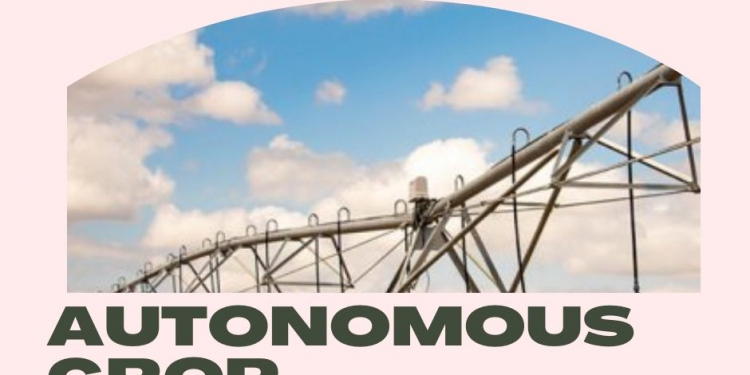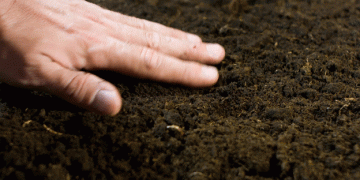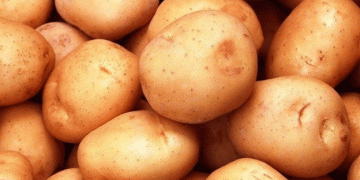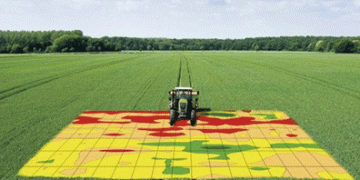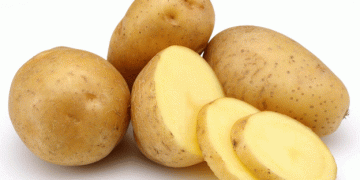For Matt Friend, monitoring 4,500 acres with 45 center-pivot irrigation systems keeps him moving during the growing season. With irrigated corn, along with various vegetables under irrigation, the Mason County, Illinois, producer spends a lot of time in the field.
Yet even on his best days, Friend admits that scouting one 135-acre field covered by a center pivot is challenging. “At best, I’m only covering a fraction of the field,” he says, “and that’s especially true in the cornfields later in the season.”
That’s why he was intrigued when he was able to use the Valley Plant Insights system on one of his center pivots. Cameras are mounted to the spans, providing a view of the entire field. Images captured are analyzed for issues in the field and reports are sent directly to Friend’s computer or smartphone via the Valley Insights application. The cameras were so accurate that Friend was able to do stand counts in his corn that matched his population rates during planting. “It was amazing, and it was information I could use,” he says.
PROSPERA ACQUISITION
There’s more to the system than a simple photo. Valmont Industries, the parent company of Valley Irrigation, recently completed the acquisition of Prospera, an Israel-based company that has developed artificial intelligence technologies that can use information gathered in the field through remote sensing to provide early detection and enhanced scouting, so a producer can make fast and informed decisions during critical stages of crop development.
The key to the Prospera system is that it uses analysis and alerts along with high-resolution imagery from the field to scout, monitor, and provide information. “There has been a lot of work on field sensors, but the main issue is that these systems can be expensive, not easily scalable, and may not work into the farmer’s operation,” says Darren Siekman, vice president of business development for Valley Irrigation. “With Prospera, we are using available imagery and then analyzing the information gathered from those photos.”
Siekman says the technology is a natural fit. “The system is mounted to our irrigation systems, so they are in the field and ready to work,” he says. “Producers already are using automated systems to control their center pivots remotely. This is simply the next progression where producers can monitor and know what is going on in the field.”
While the system monitors when and where water is needed on the field, the information provided can go beyond irrigation. “Valley Plant Insights can supplement current crop scouting and pick up weed or disease pressure well before it’s visible in the field,” Siekman says. “The system analyzes the images and detects problems early.”
TWO DISTINCT SERVICES
Valley Insights has two separate and distinct services: Irrigation Insights, which provides information regarding irrigation issues in the field by analyzing captured aerial or satellite imagery, and Plant Insights, which supplies leaf-level information by analyzing data captured via sensors mounted to the irrigation pivots in the field.
Daniel Koppel, president of the technology group with Valmont and CEO of Prospera, says the imagery captured provides tremendous insight into what is going on at the field level, throughout the growing season. “Producers now have a tool that can provide information such as disease pressure, weed pressure, nutrient deficiencies, and pests.” Producers can review this information to determine needed actions.
“We are proud of Valley Irrigation’s history of providing irrigation solutions for producers,” Siekman says. “But if you think about it, what other device is in the field 24 hours a day, seven days a week? The great thing about this technology is that it provides eyes on the field every day.”
The mission is to offer additional tools to the producer, Siekman says. “We want to provide information to the producer, so he can make informed decisions based on what is happening in the field,” he says. “Whether it’s irrigation needs, fertility information, or insect and disease pressure.”
The information gathered also helps the company develop its autonomous crop management technology. “The more information we gather in the field, the more information we can analyze to further refine how the imagery is analyzed,” Siekman says. “Anyone can hang a camera and take a bunch of photos. The beauty of this system is that it analyzes these photos and provides information to the producer.”
Friend has been impressed with the information he’s gathered during his first year of use with the system but is even more excited to see further developments. “Knowing what’s happening over the entire field throughout the growing season will definitely benefit my operation,” he says.
Koppel says the technology will continue to improve and will provide even more detailed information to producers. “We are just scratching the surface of the information this technology can provide growers,” he says. “Because we have an in-field platform available to collect growing information, there’s really no limit to the benefits of this technology.”
